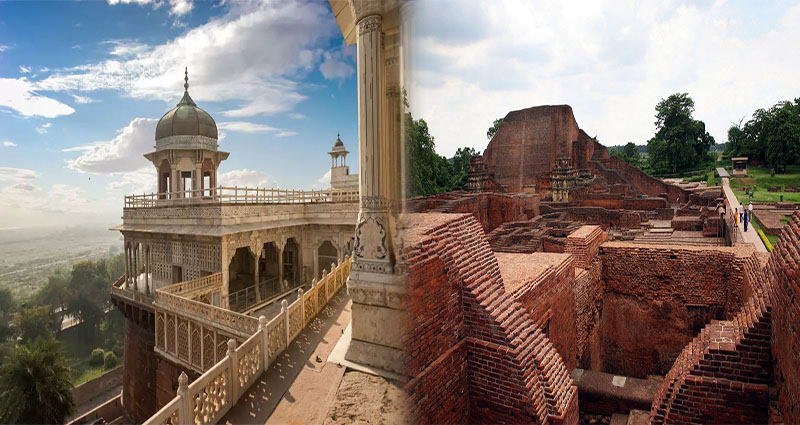The UNESCO World Heritage list encompasses a wide range of cultural and natural landmarks from around the globe. One of the most compelling categories within this list is the historical monuments, which capture the diverse and rich history of different civilizations. Here, we present a curated selection of historical monuments that have been designated as UNESCO World Heritage sites, each with its own unique story and significance.
The Great Wall of China, China
The Great Wall of China stands as a testament to the ingenuity and engineering prowess of ancient China. Constructed over several dynasties, it stretches over 13,000 miles and is a symbol of defense and protection.
Machu Picchu, Peru
Nestled high in the Andes Mountains, Machu Picchu is an ancient Incan city that was mysteriously abandoned and rediscovered centuries later. Its perfectly preserved architecture and stunning natural surroundings make it a marvel of ancient urban planning and construction.
Taj Mahal, India
An unparalleled architectural masterpiece, the Taj Mahal is a mausoleum built by the Mughal Emperor Shah Jahan in memory of his wife. Its exquisite beauty and intricate craftsmanship make it a UNESCO World Heritage treasure.
Acropolis, Athens, Greece
The Acropolis, symbolizing the peak of ancient Greek civilization, is home to several ancient architectural wonders including the iconic Parthenon. Its enduring cultural significance and architectural brilliance have earned it a place on the UNESCO list.
Angkor Wat, Cambodia
The largest religious monument in the world, Angkor Wat is a magnificent temple complex dedicated to the Hindu deity Vishnu. Its grandeur and ancient Khmer architecture are a testament to the rich cultural and religious history of Cambodia.
Colosseum, Rome, Italy
A symbol of the might and grandeur of the Roman Empire, the Colosseum is an iconic amphitheater that hosted gladiatorial contests and public spectacles. Its historical and architectural significance has secured its place as a UNESCO World Heritage site.
The Historic City of Toledo, Spain
Known as the “City of Three Cultures” due to its historical co-existence of Christian, Muslim, and Jewish communities, Toledo is a remarkable example of medieval European architecture and cultural exchange.
Palmyra, Syria
An ancient city in the Syrian desert, Palmyra was a vital cultural and economic center in the ancient world. Its architectural ruins, combining Greco-Roman and Persian influences, are a poignant reminder of the impact of conflicts on our shared cultural heritage.
This selection provides just a glimpse into the rich tapestry of historical monuments that have been recognized and celebrated by UNESCO. Each of these sites represents a unique chapter in the history of humanity, and their preservation is vital in honoring and understanding our collective heritage.
By safeguarding and appreciating these historical monuments, we ensure that future generations can continue to draw inspiration from the architectural, cultural, and technological accomplishments of our ancestors.










